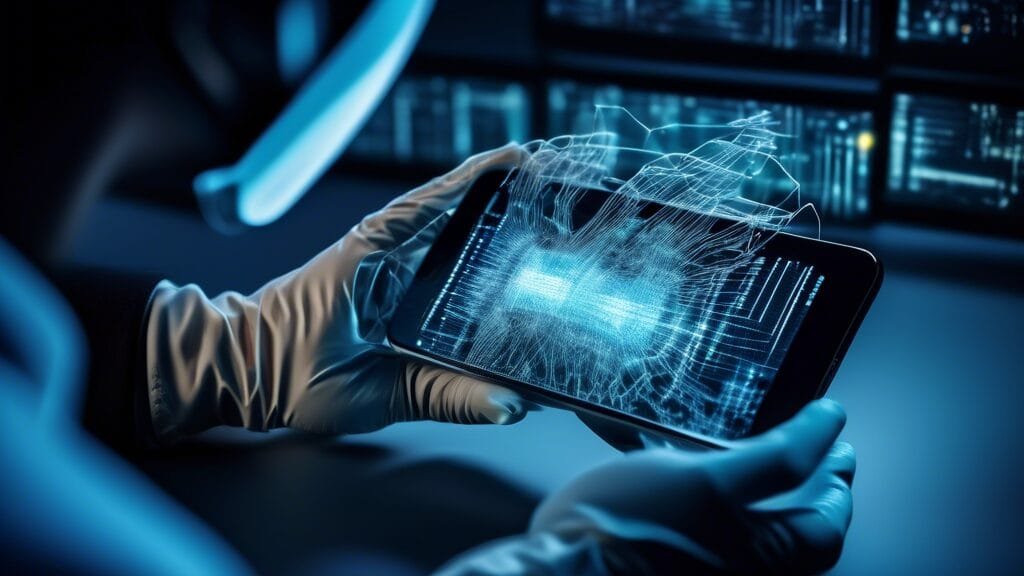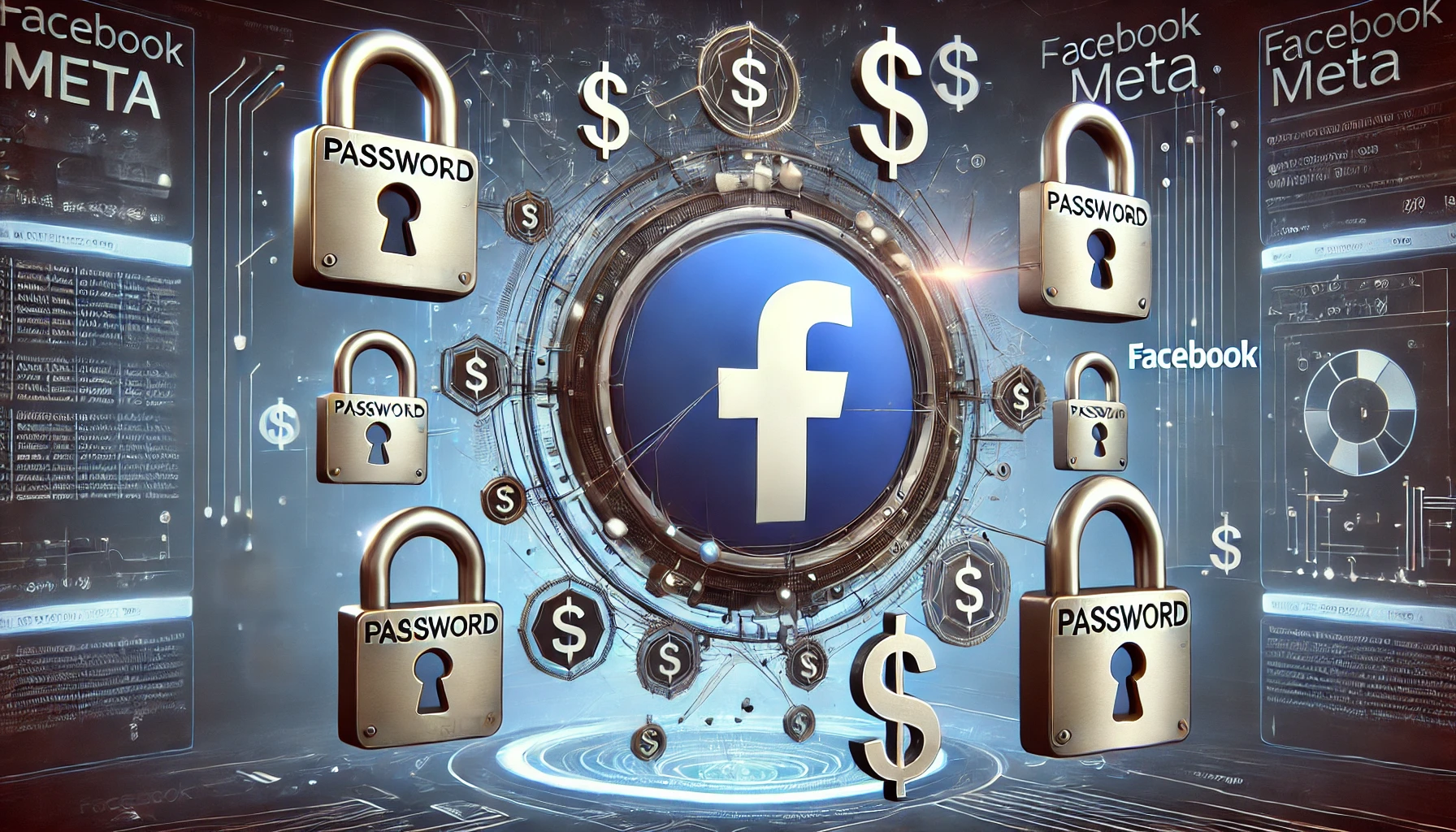Peering into Phones: The Forensic Frontier of Partial Data Extraction
Ever tried to open a jar of pickles only to find it sealed tighter than a vault? That’s the kind of challenge digital forensics experts are facing with newer smartphones. The rapid pace at which mobile technology evolves is nothing short of mind-boggling. But what happens when our trusty forensic tools are only able to extract partial data from these high-tech devices? Let’s dive into this conundrum, shall we?
The Puzzle of Partial Data Extraction
Imagine you’re reading a suspense novel, only every second page is missing. Frustrating, right? Forensic experts often find themselves in a similar predicament. As phone manufacturers amp up security features—think encryption and secure boot mechanisms—gathering complete data becomes a Herculean task. Try as they might, even the most sophisticated forensic tools often come back with only pieces of the puzzle.
Your Data Fuels LinkedIn’s AI a Powerful Marketing Tool… OR Not?
Advancing with the Times: Phone Security
Smartphones today are like tiny Fort Knoxes in our pockets. With each operating system update, the security walls grow taller and sturdier. Consider this: while your new phone keeps nosy neighbors at bay, it also keeps forensic experts scratching their heads. Remember how proud we were when our phones recognized our faces instead of passcodes? Well, it turns out, that face-recognition smugness also translates to fewer data breadcrumbs for investigators.
Investigation Impact: When Data is King
Now, you’re probably wondering, Why does this matter? Picture this: a detective, hot on the trail of a suspect, needs access to the suspect’s phone data—texts, call logs, even location history. These tiny bits of information could be the difference between cracking a case wide open and hitting a dead end. Yet with only partial data extraction, it’s akin to solving a jigsaw with missing pieces. Not so much fun, is it?
The Tools of the Trade: Getting Specific
For years, specialized tools from companies like Cellebrite and Grayshift have been the Swiss army knives of digital forensics. These tools deftly unlock the mysteries hidden in our handheld devices. But here’s the rub: even these heavy-hitters struggle against the latest model phones and their ever-evolving security shields. It’s similar to bringing a knife to a laser sword fight.
Legal and Ethical Dilemmas: Walking the Tightrope
The quest for phone data isn’t just a technical issue; it’s a legal and ethical balancing act. Imagine Batman deciding whether to peek into someone’s phone without a warrant. Tricky, right? Navigating the tightrope between protecting national security and respecting individual privacy is as complex as any blockbuster plot. Remember the infamous Apple-FBI encryption standoff? It’s a debate that rages on and on.
The Future: Shaping Digital Forensics
So, where do we go from here? Much like our constant quest for the latest phone upgrade, digital forensics is on a continuous journey—a journey demanding relentless innovation and adaptation. The future beckons for smarter tools that keep pace with tech advancements while upholding ethical standards. The digital detectives of tomorrow must be ever-savvy, equipped to draw meaningful insights from even the smallest data fragments.
In the end, as we clutch our smartphones with unwarranted pride over security features, let’s spare a thought for those forensically-minded folks who must peel back the layers of mystery, one partial data piece at a time. Consider your own practices—how secure is your phone, and at what point does security trump accessibility?
As technology continues its unyielding march forward, rest assured, the game of cat and mouse between phone security and forensic access is far from over. So next time you unlock your phone, remember, there’s a whole world behind that screen, one that digital detectives are waiting to explore, piece by tantalizing piece.





















